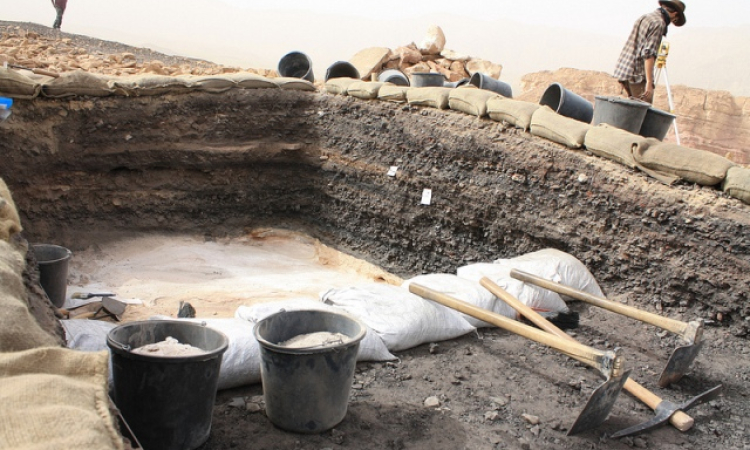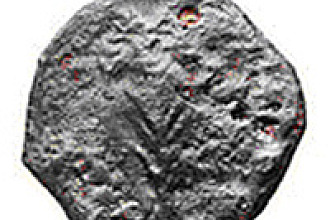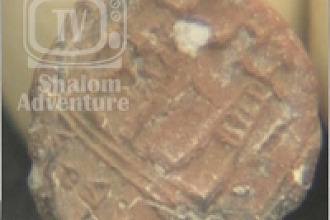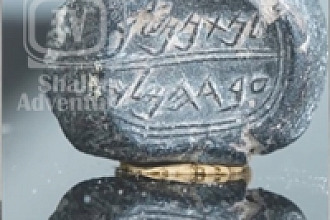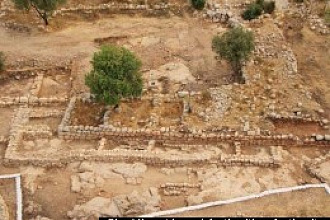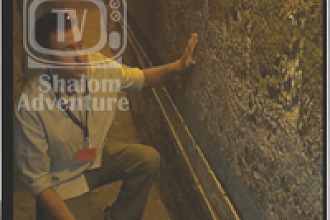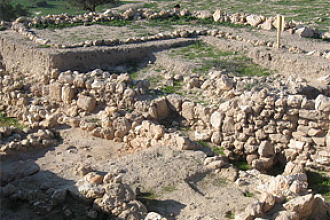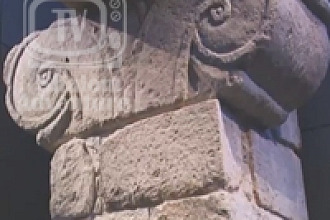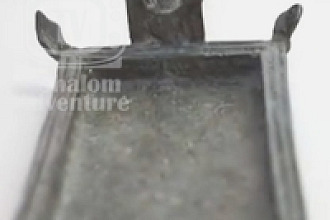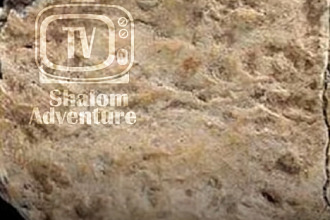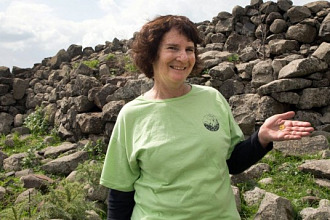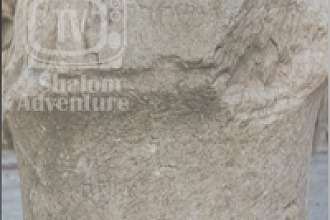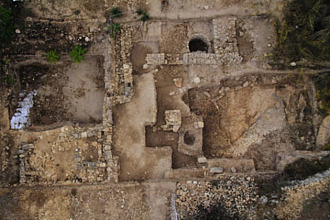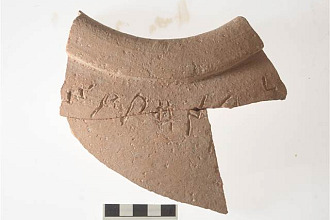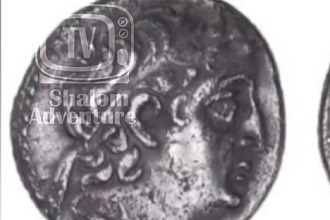With 10 date pits and one olive pit, researchers at Tel Aviv University have determined that Israel's Timna Valley copper mines are from the time of the Bible's King Solomon. History books will need to be revised...
"The mines are definitely from the period of King Solomon," says Ben-Yosef, a lecturer in the J. M. Alkow Department of Archaeology and ANE Cultures at Tel Aviv University. "They may help us understand the local society, which would have been invisible to us otherwise."
What makes the site particularly tricky to date is that the people who worked there were semi-nomadic tribesmen living in tents; they did not leave behind elaborate buildings or structures. Tents usually disappear over time. Ben-Yosef looked into what the smelters did leave behind: food remains...
What Ben-Yosef found may help preserve the otherwise virgin region, tentatively slated for hotel development.
"Big hotels in the middle of the valley? The environmentalists don't like this at all. While development won't destroy [the ancient mines], it will destroy wilderness. It is a virgin land full of archeology sites, and actually where they want to build a hotel there are archeological sites," says Ben-Yosef.
He and his team were able to show that the copper mining at the site reached its peak some three centuries later than thought - during the rule of the great biblical kings." We didn't find anything in particular that can connect the mines to the figure of King Solomon. The big deal is that the mines are dated to the time that he was presumed to be ruling this area," explains Ben-Yosef.
Shaking off dusty hypotheses
His find lends support to the stories of the Bible. Could King Solomon have been as wealthy as believed? Maybe he collected money and products from the mining operation?..
Ben-Yosef's excavation area is known as Slave's Hill, named by American archaeologist Nelson Glick, who suggested that a hill was built around the mine so the slaves working there couldn't escape. It was previously untouched and served as a massive smelting camp. The mines were eventually abandoned around the 10th century, says Ben-Yosef, probably due to a military invasion from Egypt, or possibly export competition from high-quality copper being produced in Cyprus.
Read full article here

